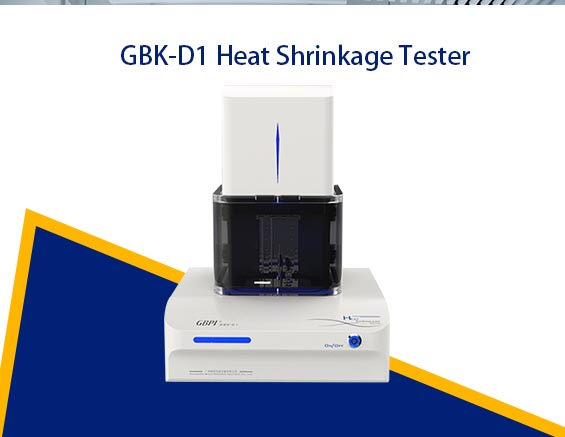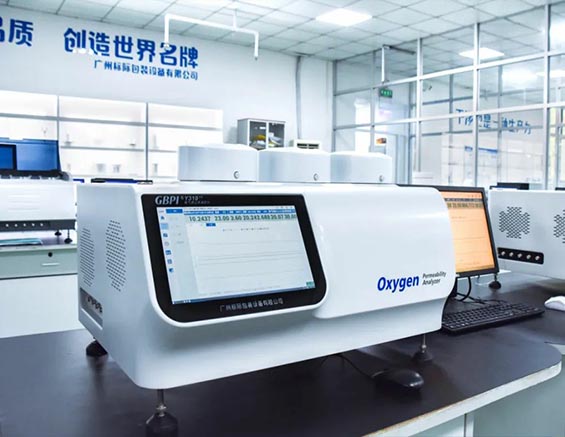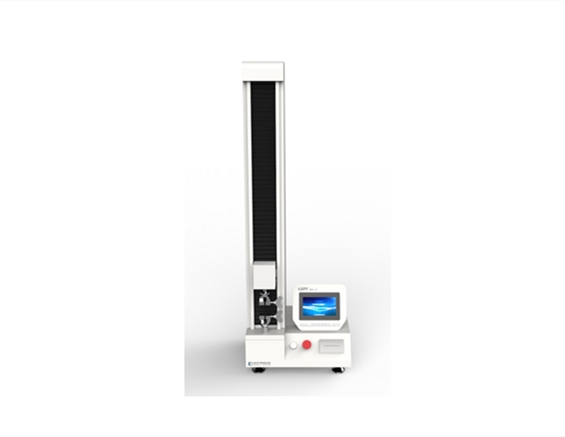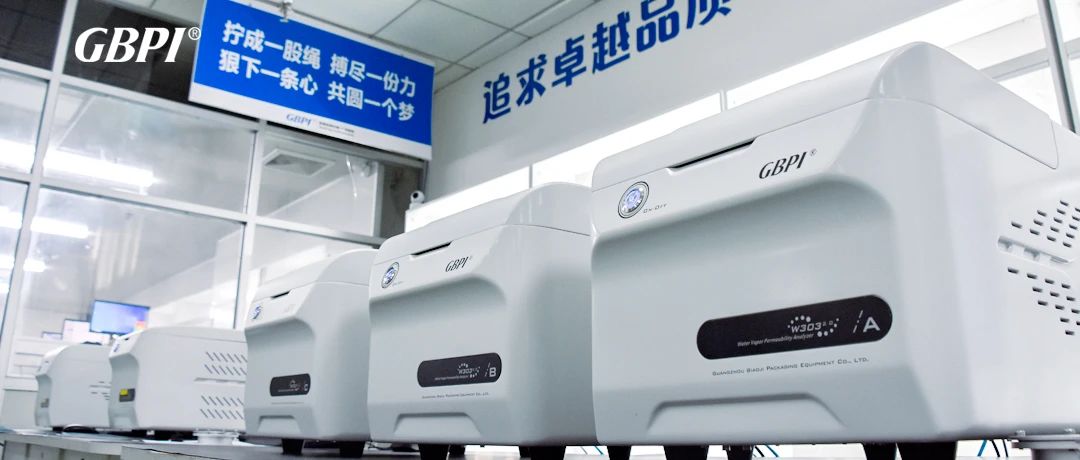In the fast-evolving packaging industry, particularly for items like beverage labels, shrink wraps for bottles, sausage packaging, and even cigarette boxes, ensuring the optimal shrinkage performance of films is crucial. Films must shrink tightly around products to guarantee both protection and an appealing presentation. This is where precise and reliable film shrinkage testing comes into play. At the forefront of this testing technology is the GBK-D1 Film Shrinkage Performance Tester, designed by Guangzhou Biaoji Instrument. This advanced device provides manufacturers with the ability to accurately test and analyze various shrinkage parameters of packaging films. In this blog, we'll explore the importance of film shrinkage properties, how the GBK-D1 works, and why it’s an essential tool for today’s packaging industry. What Is Film Shrinkage Testing? Film shrinkage testing measures how a plastic film responds when exposed to heat. The process involves the material shrinking tightly around the product, creating a secure fit. This is essential in packaging industries where the film serves not only as a protective layer but also as an aesthetic feature. Films used for packaging are typically made from materials like polyethylene (PE), ethylene copolymers, and blends of these polymers. These materials are chosen for their excellent ability to shrink uniformly when heated. The testing process helps to ensure that the film performs consistently under various environmental conditions, which is key for the overall quality and functionality of the product packaging. Why Shrinkage Properties Matter Shrink films play a critical role in ensuring packaging integrity. Whether it's a beverage bottle label or a sausage wrap, the film must shrink to fit the contours of the product perfectly. If the film doesn't shrink properly, it can result in packaging defects such as wrinkles, loose wraps, or uneven seals. For example: Beverage Packaging: Shrink film ensures that labels conform to bottles without wrinkles, providing a sleek appearance. Food Packaging: Shrink films for sausages, for instance, need to form tightly around the product to preserve freshness and protect it from contaminants. Cosmetics and Pharmaceuticals: For sensitive products, shrink films must maintain a tight seal to protect the contents from damage or contamination. The GBK-D1: A Game-Changer in Film Shrinkage Testing Guangzhou Biaoji Instrument's GBK-D1 Film Shrinkage Performance Tester is a highly advanced tool that addresses the limitations of traditional testing methods, offering comprehensive insights into a film's shrinkage behavior. Here’s what sets it apart: Multi-Parameter Testing While traditional testing methods, like ovens or oil baths, typically measure only the shrinkage rate, the GBK-D1 takes a more detailed approach. It evaluates multiple parameters, such as: Shrinkage Force: Measures the force required for the film to shrink. Shrinkage Rate: Tracks how quickly...
View More

 info@gbtest.cn
info@gbtest.cn



 en
en ru
ru es
es ar
ar










